Sometimes the best innovations look backward before they move forward. That’s exactly what’s happening with TreeSoil, a project that takes ancient farming wisdom and reimagines it with robots, 3D printers, and a whole lot of computational horsepower.
TreeSoil is a robotic 3D printed earthen shelter designed to create microclimates that support the early growth of young trees, developed at the Technion’s Material Topology Research Lab (MTRL) in collaboration with the Tree Lab at the Weizmann Institute of Science. If that sounds like a lot of fancy institutions working together, that’s because this project sits right at the intersection of architecture, material science, and plant biology. It’s the kind of cross-pollination that leads to genuinely exciting breakthroughs.
Designer: Technion’s Material Topology Research Lab (MTRL) x Tree Lab at the Weizmann Institute of Science
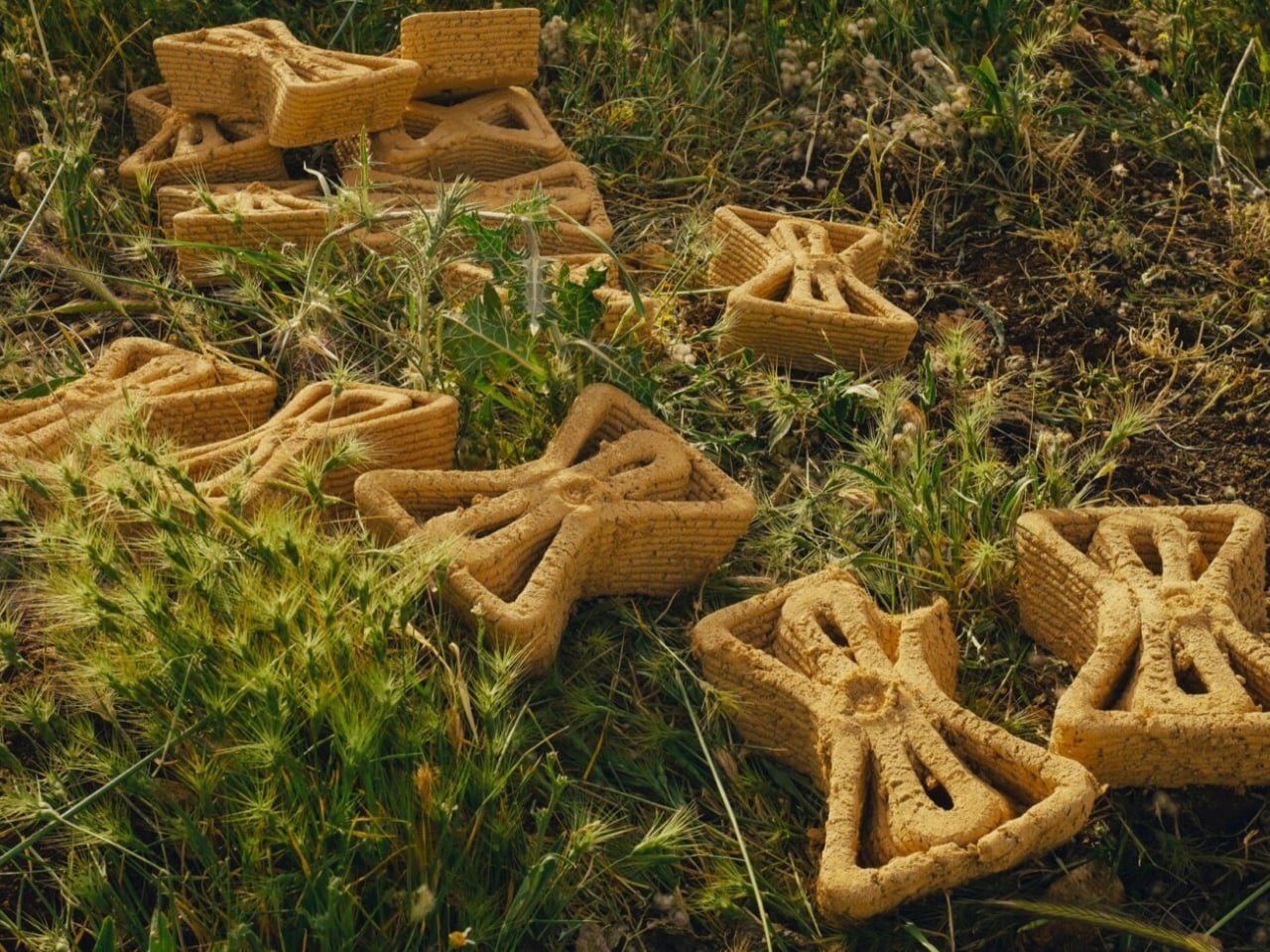
The concept is beautifully simple. The project draws on ancient agricultural techniques used in arid landscapes, where stone or earthen enclosures shield crops and saplings from wind, sun, and evaporation. Farmers have been doing this for thousands of years because it works. Young plants are vulnerable, and giving them even a small buffer against harsh conditions can mean the difference between thriving and dying. TreeSoil takes that time-tested principle and asks: what if we could make these protective structures smarter, more efficient, and tailored to each specific sapling and location?
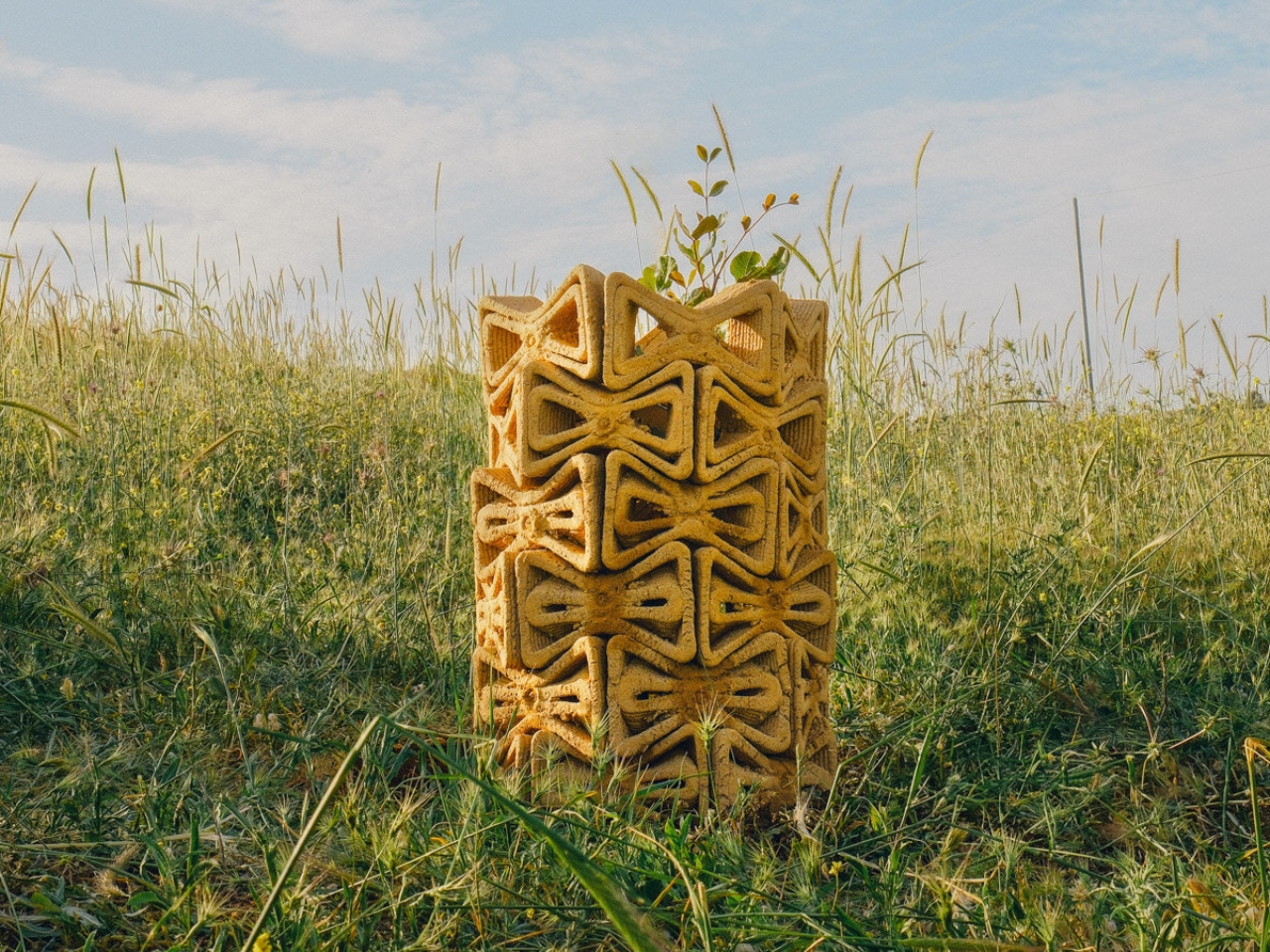
That’s where the robots come in. Each structure is composed of modular bricks produced through large-scale robotic extrusion. Picture a industrial robotic arm equipped with a specialized extruder, methodically building up layers of earthen material into interlocking brick units. These aren’t your standard construction bricks though. Each TreeSoil prototype is informed by local climatic data, optimizing airflow, solar radiation, and moisture retention, with interlocking brick geometry that enables modularity, structural integrity, and efficient on-site assembly.
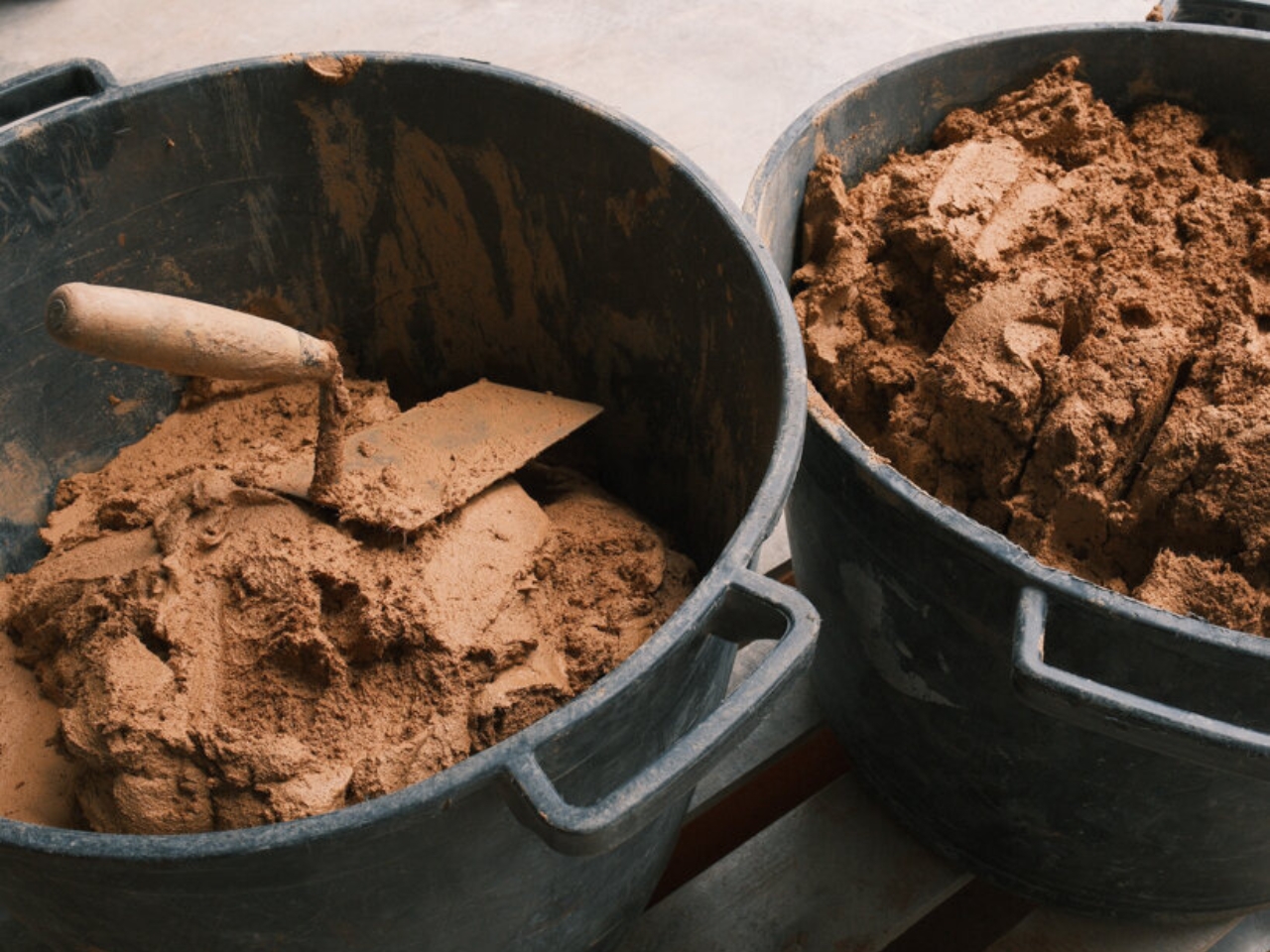
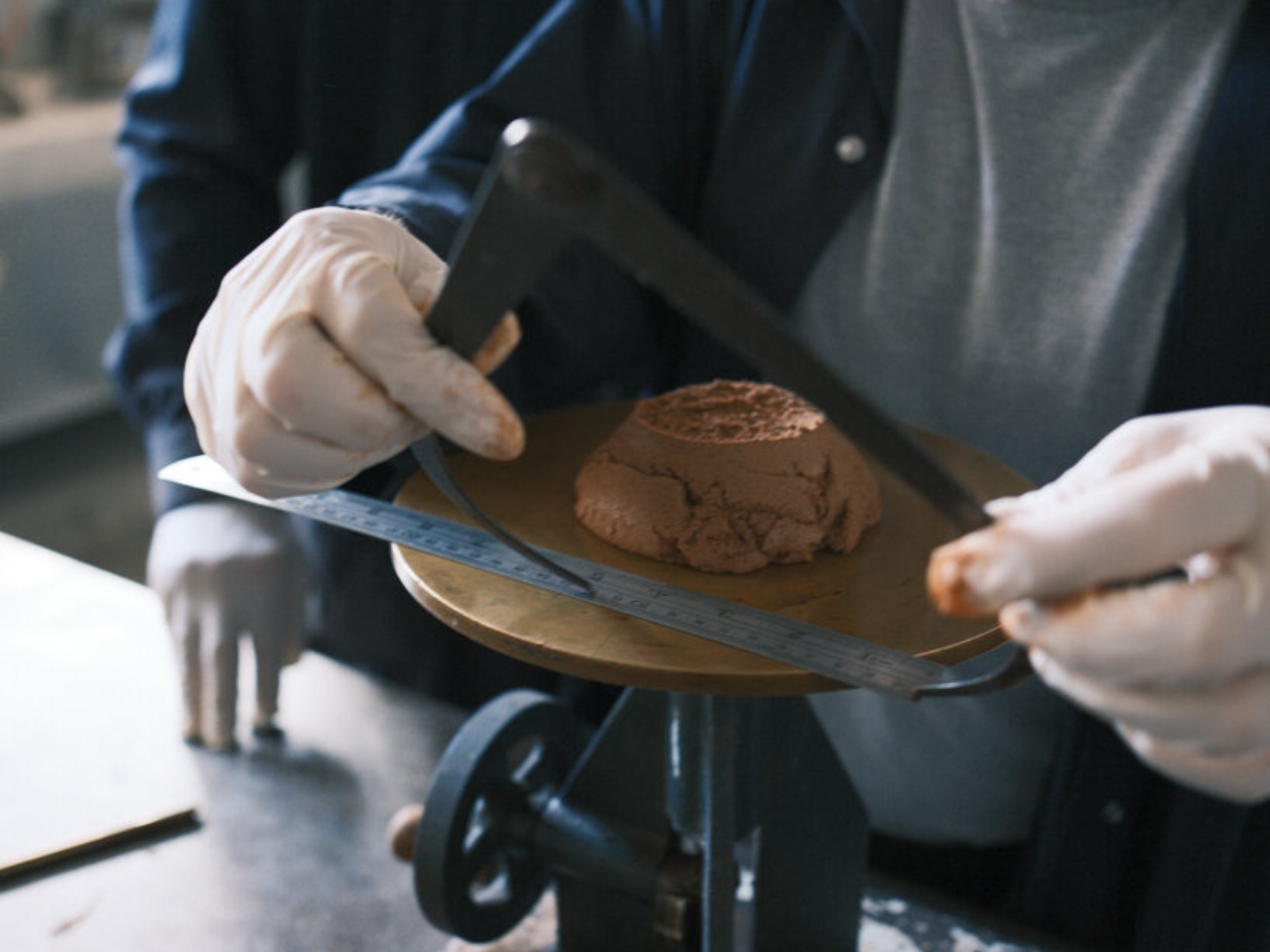
The material itself is fascinating. The composition is based on locally sourced soil, enhanced with waste-derived fertilizers and bio-based binders, engineered to respond both to the site’s climate conditions and the nutritional needs of the sapling. So the shelter isn’t just a passive structure. It’s actively designed to support the tree it protects, using materials that come from the same ground where the tree will eventually take root.
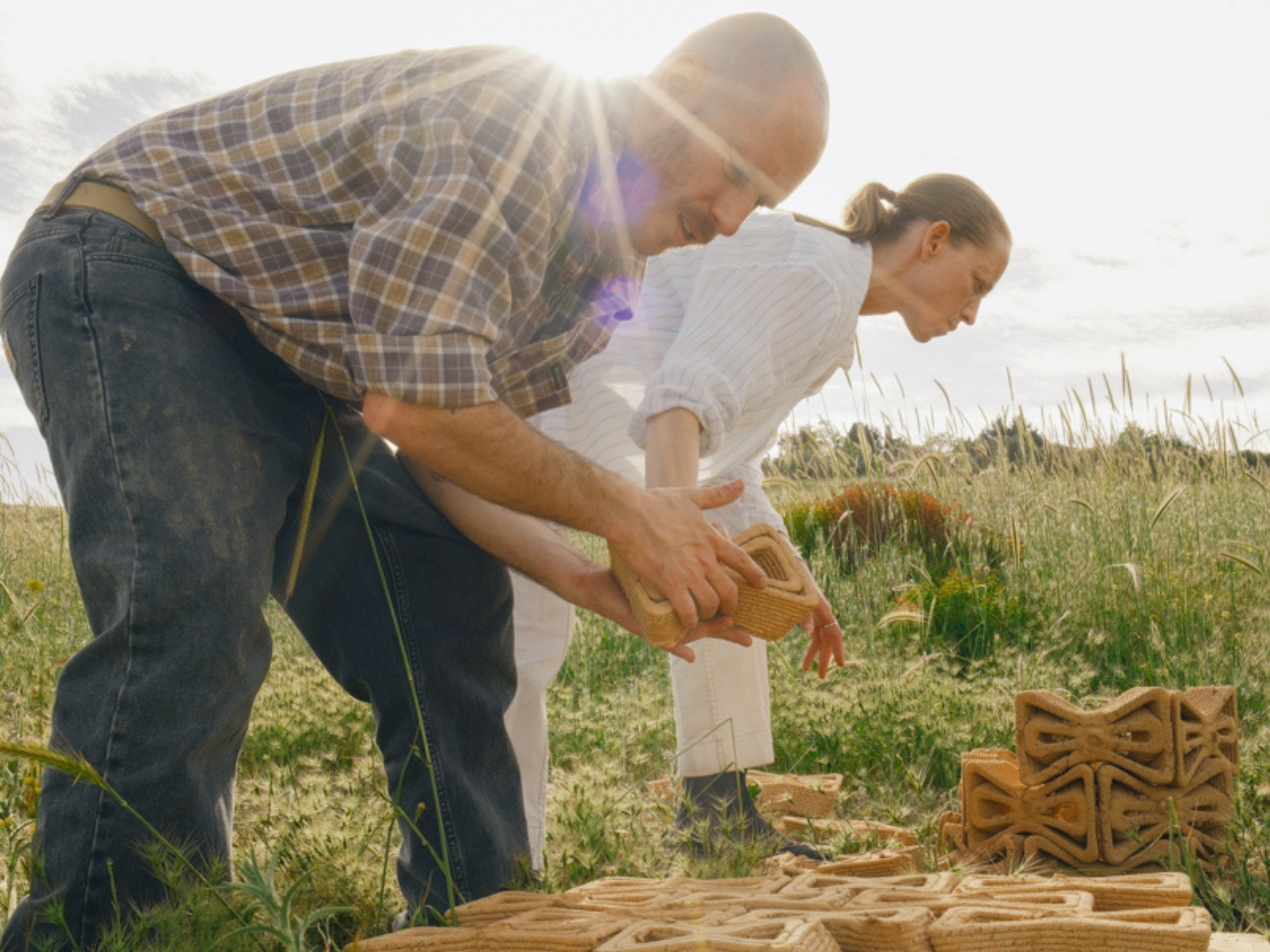
And here’s where it gets even more interesting. Fully biodegradable, TreeSoil gradually disintegrates into the earth, enriching it as the tree it protects matures. The shelter doesn’t stick around forever as waste or clutter. As the tree grows stronger and develops its own natural defenses against wind and sun, the protective structure breaks down and becomes nutrients for the very tree it was designed to help. It’s a perfect closed loop.
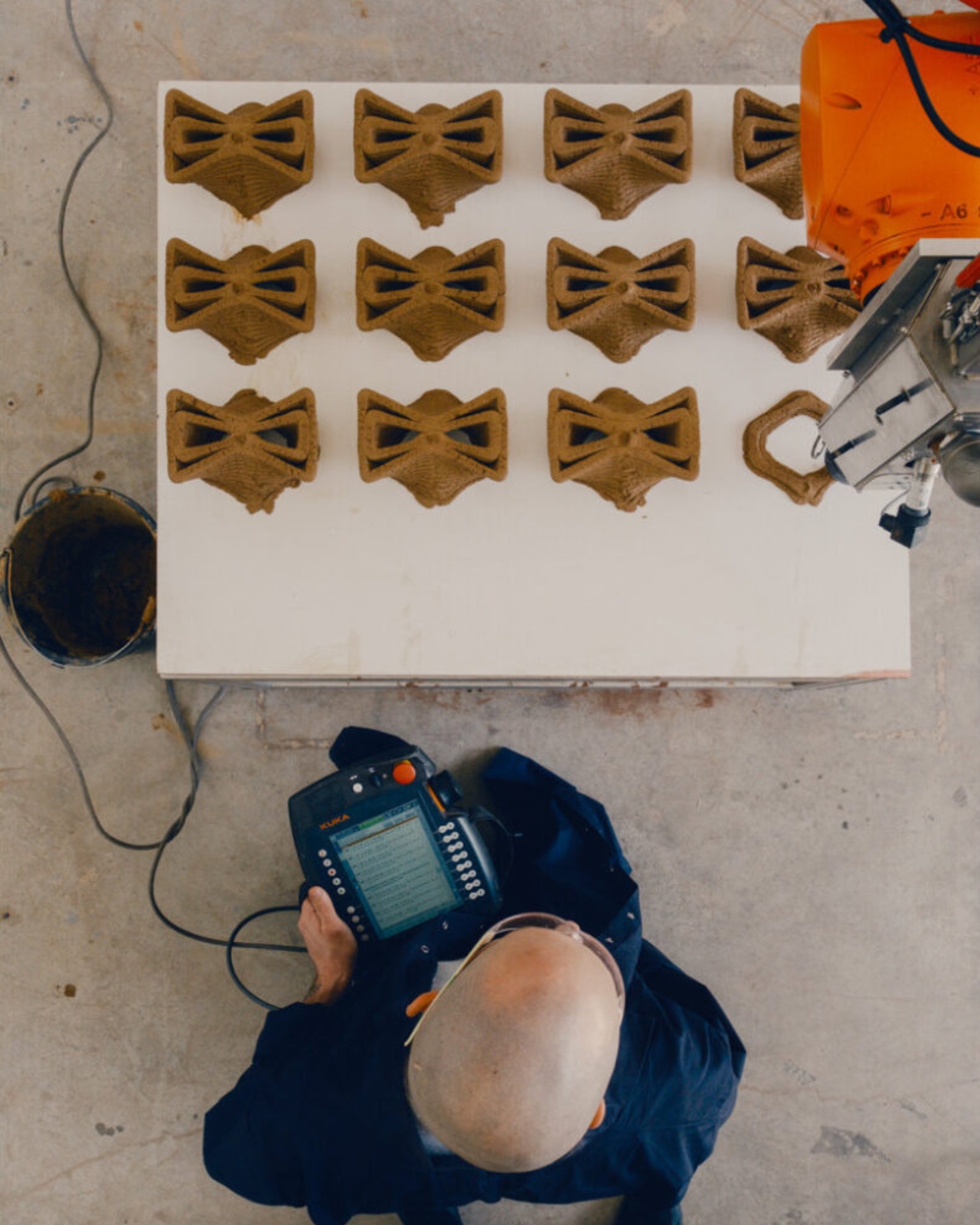
This approach feels especially relevant now, as we’re collectively grappling with how to restore degraded landscapes and support reforestation efforts in increasingly challenging climates. Young trees planted in areas affected by drought, deforestation, or climate change face brutal odds. Traditional reforestation projects often see high mortality rates because saplings just can’t handle the environmental stress.
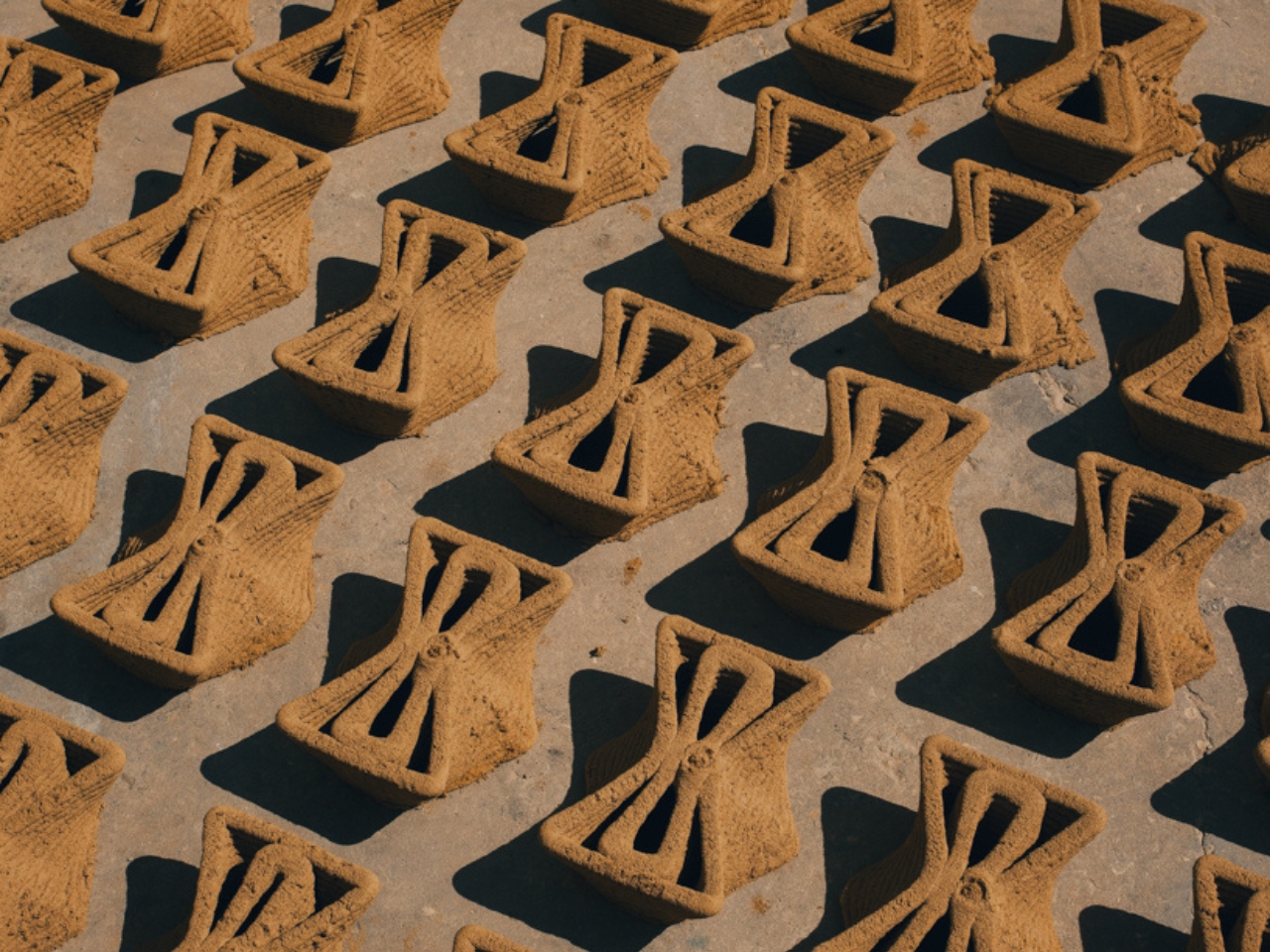
TreeSoil suggests a path forward that doesn’t require massive infrastructure or ongoing maintenance. The project transforms soil into a modular, interlocking system that mediates between technology and ecology. The bricks can be fabricated on-site or nearby using local materials, assembled relatively quickly, and then left to do their job while naturally returning to the earth over time.
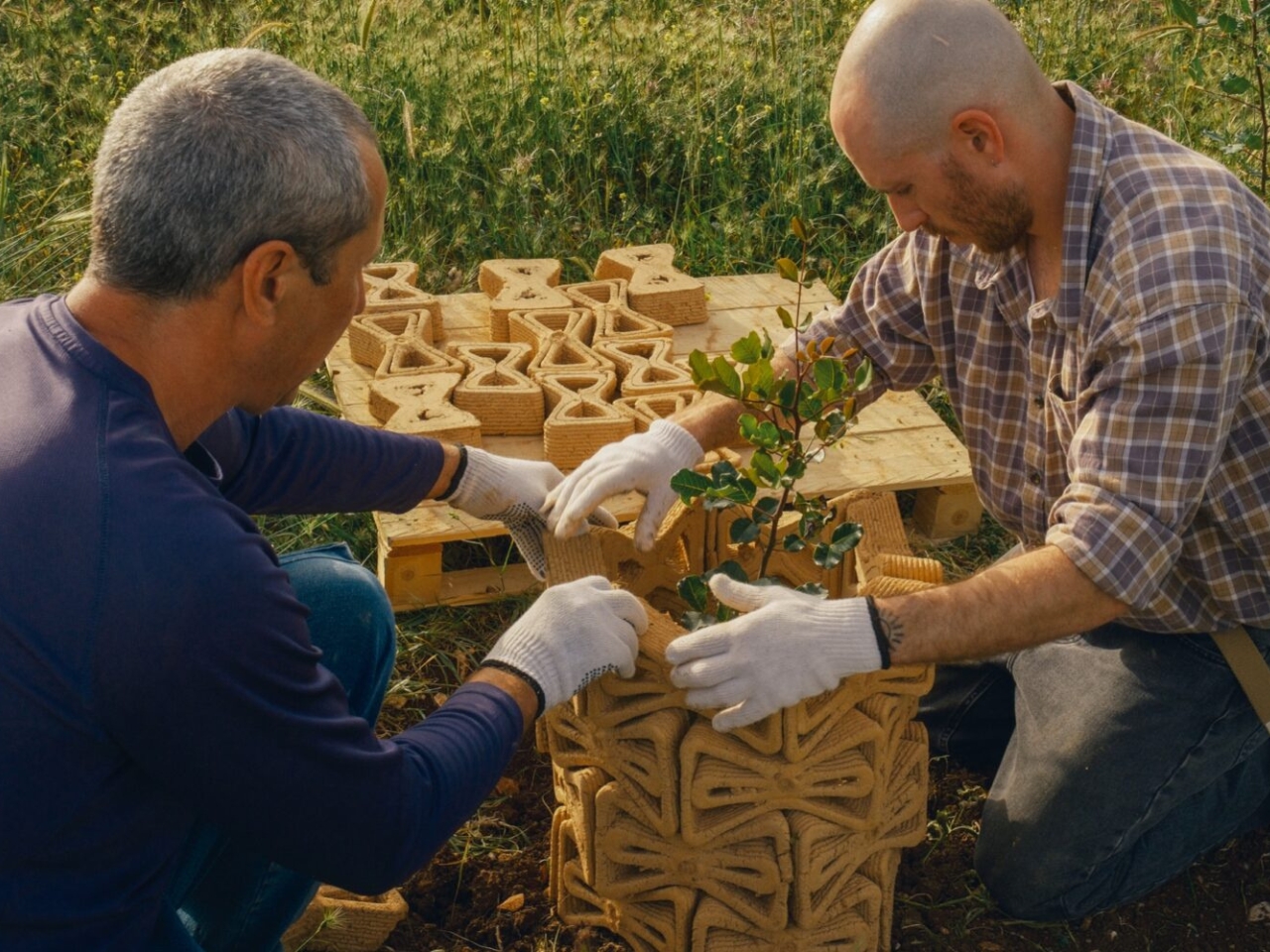
What makes this project particularly compelling is how it refuses to choose sides in the usual nature versus technology debate. Instead, it treats advanced computational design and robotic fabrication as tools that can work in service of ecological goals. The high-tech elements enable precision and optimization that would be impossible to achieve manually, while the low-tech earthen materials and biodegradable design ensure the solution remains grounded in natural systems.
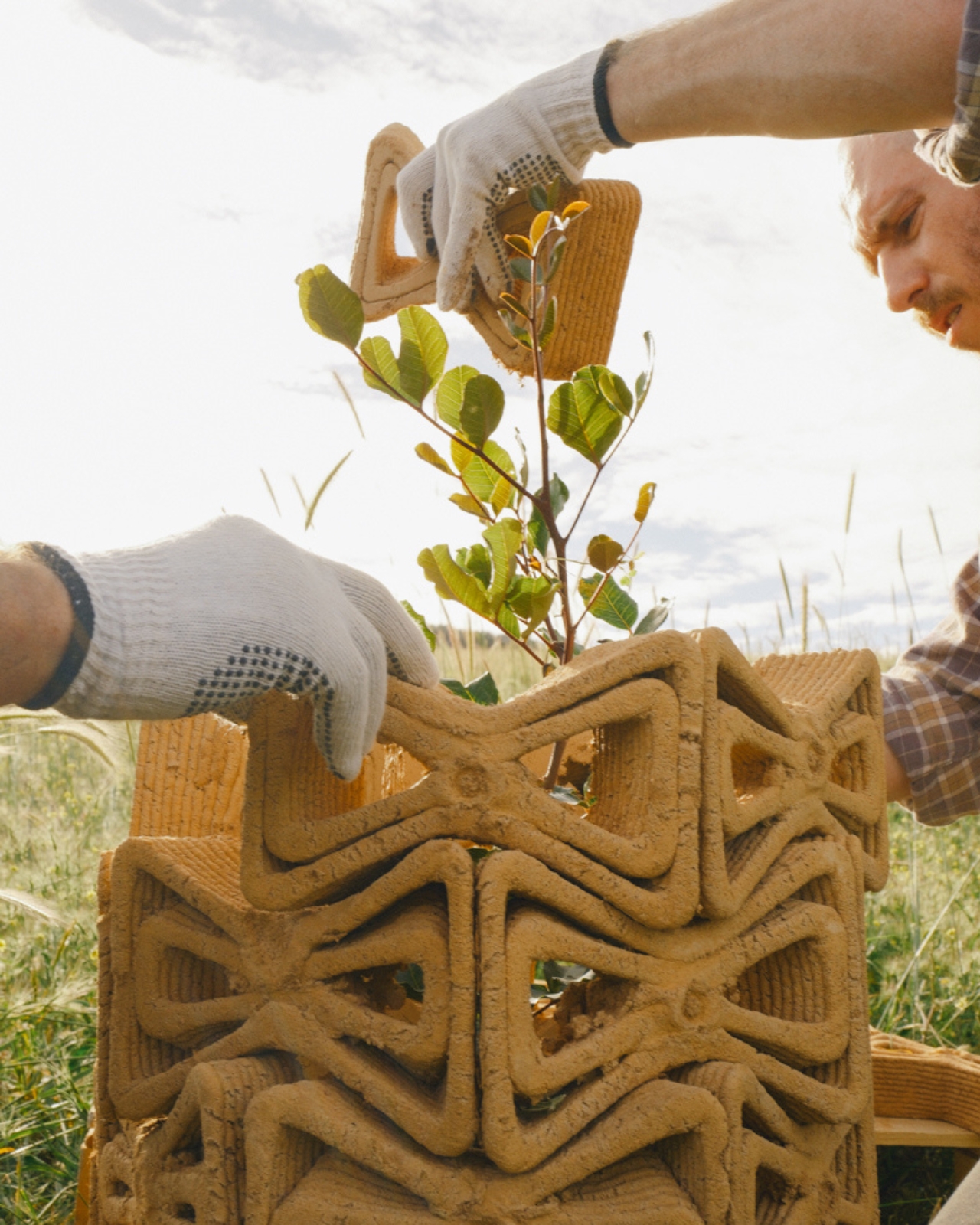
As climate change makes successful reforestation more difficult, innovations like TreeSoil offer a glimpse at how design, technology, and biology might collaborate to give nature a fighting chance. Sometimes helping trees grow isn’t about working harder. It’s about working smarter, with a robotic assist and a respect for the ancient wisdom that got us here in the first place.
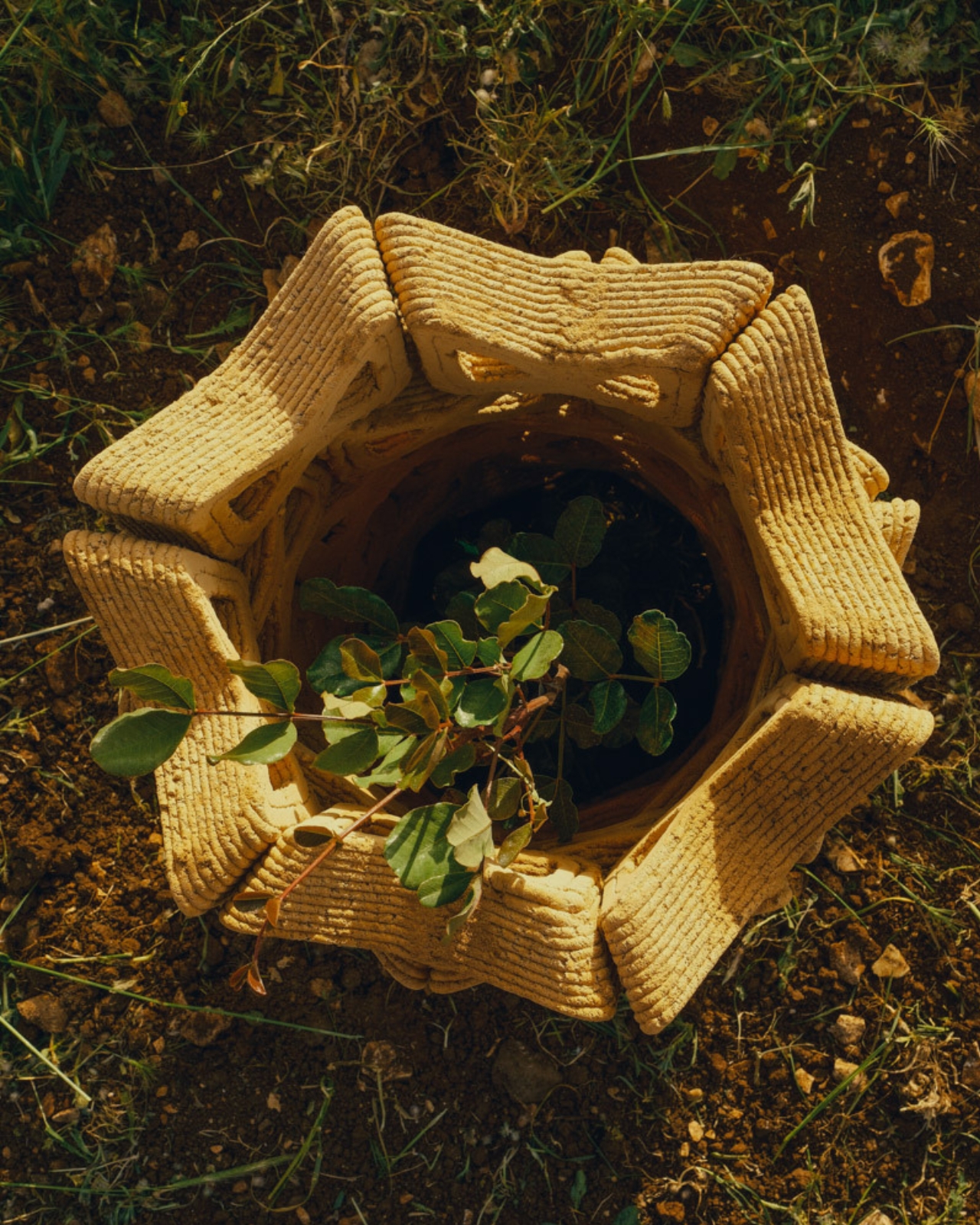
The post 3D Printed Bricks That Help Baby Trees Survive Climate Change first appeared on Yanko Design.




